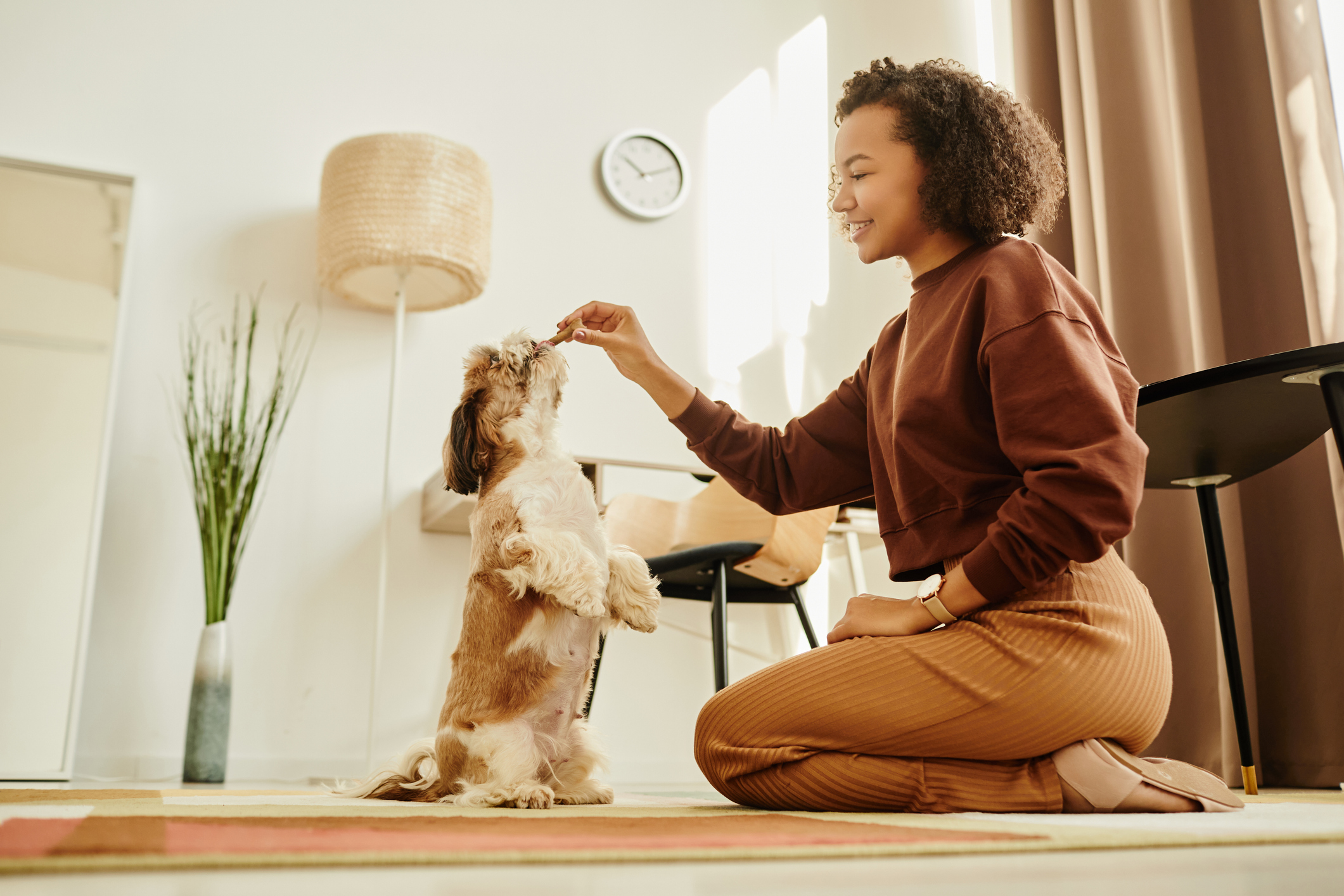Training your pet can be incredibly rewarding—or incredibly frustrating. Whether you’re teaching basic commands or trying to curb problem behaviors, your approach matters. Avoid these common pet training mistakes to make the journey smoother for both you and your furry companion.
Mistake #1: Inconsistency
Pets thrive on routine and repetition. If you allow your dog on the couch one day but scold them the next, they’ll be confused. Same goes for commands—everyone in the house should use the exact same word for each behavior.
Fix it: Set clear rules and make sure everyone sticks to them. Create a simple command list and post it on the fridge if needed.
Mistake #2: Relying on Punishment
Yelling, hitting, or using harsh corrections does more harm than good. It can lead to fear, anxiety, and even aggression. Your pet might stop the behavior in the moment, but they won’t understand what they did wrong—or how to do better.
Fix it: Use positive reinforcement instead. Reward the behaviors you want to see more of with treats, praise, or play. Pets learn better through encouragement than fear.
Mistake #3: Expecting Instant Results
Training takes time. Don’t expect your cat to stop scratching the couch overnight or your puppy to be perfectly potty-trained in a week. Frustration leads to rushed training—and that rarely sticks.
Fix it: Be patient and celebrate small wins. Progress is progress, even if it’s slow. Focus on consistency and keep sessions short and fun.
Mistake #4: Not Understanding Your Pet’s Needs
What motivates your dog might bore your cat. A high-energy breed needs more stimulation than a couch-loving kitty. Using a one-size-fits-all training approach can leave both you and your pet feeling stuck.
Fix it: Tailor training to your pet’s personality, breed, and energy level. Some pets respond best to treats, others to toys or praise. Observe and adapt.
Mistake #5: Training When You’re Frustrated
If you’ve had a rough day, it’s probably not the best time to train. Pets pick up on our emotions. If you’re stressed or angry, your pet will sense it—and that can ruin a productive session.
Fix it: Only train when you’re calm and focused. Keep it short, upbeat, and end on a positive note—even if it’s just one successful “sit.”
Final Thought
Training your pet isn’t about perfection—it’s about progress and partnership. Avoiding these common mistakes can turn a frustrating chore into a bonding experience. With patience, consistency, and kindness, you’ll build a well-behaved pet and an unbreakable bond.
Quick FAQs
-
What’s the best age to start training? As early as 8 weeks for puppies and kittens. But it’s never too late to start!
-
What treats work best for training? Small, soft, and smelly treats tend to be the most motivating.
-
Can older pets still learn new tricks? Absolutely! Older pets may take longer but are definitely trainable.
-
How long should a training session be? Keep it short—5 to 10 minutes max, especially for beginners.
-
What if my pet just isn’t listening? Step back, reassess your method, and make sure you’re being clear and consistent.
Yours in Paws,
The PawPaw Team.

